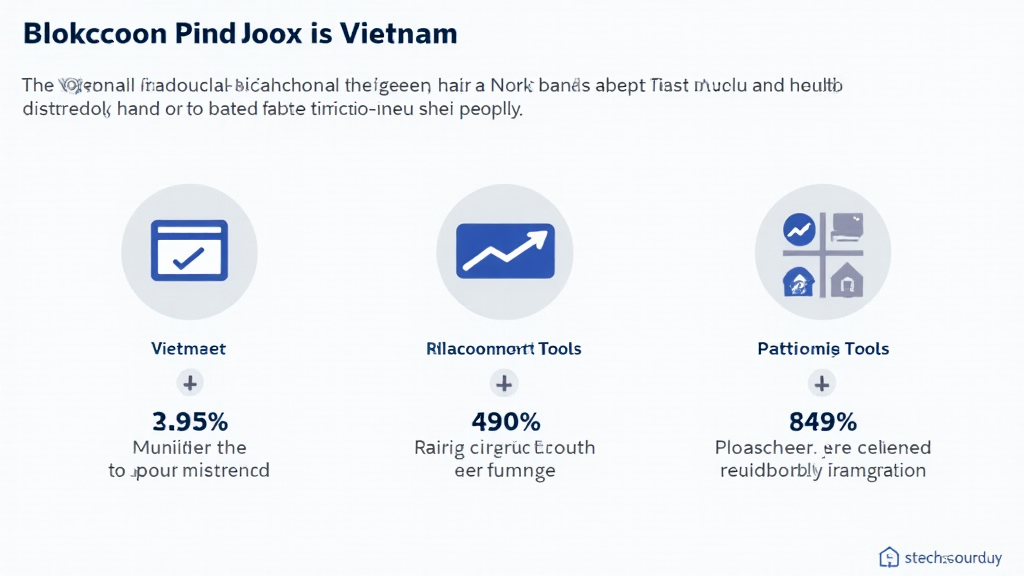Bitcoin Market Cap Analysis: Understanding Its Dynamics and Implications
Introduction
As of 2024, the cryptocurrency market is experiencing unprecedented growth. With Bitcoin standing tall as the dominant player, understanding its market capitalization is pivotal. Currently, Bitcoin boasts a market cap exceeding $800 billion, accounting for approximately 42% of the total cryptocurrency market. This staggering figure leads to an essential question: how does Bitcoin’s market cap affect its valuation, adoption, and the overall digital asset ecosystem?
This article aims to unravel the complexities surrounding Bitcoin’s market cap, providing an analysis that blends technical insights with practical implications for investors and enthusiasts alike.
What is Market Capitalization?
Market capitalization, often referred to as market cap, serves as a key metric for assessing the total value of a cryptocurrency’s circulating supply. It is calculated by multiplying the current price of the cryptocurrency by the total number of coins in circulation.

Formula: Market Cap = Current Price x Circulating Supply
For instance, with Bitcoin’s price hovering around $40,000 and a circulating supply of approximately 19 million BTC, its market cap stands at $760 billion. This metric helps investors gauge the relative size and value of Bitcoin compared to other cryptocurrencies.
The Role of Bitcoin in Market Dynamics
Bitcoin’s market cap plays a fundamental role in influencing the broader cryptocurrency market. To illustrate this, we can look at how changes in Bitcoin’s value can impact altcoins, or alternative cryptocurrencies.
- Market Sentiment: Bitcoin often leads market trends. A surge in Bitcoin’s price can boost investor confidence, prompting inflows into altcoins.
- Liquidity: Bitcoin’s liquidity surpasses that of most cryptocurrencies, attracting institutional investors who prefer safer assets.
- Market Dominance: Bitcoin’s market cap dominance provides insights into investor sentiment and the potential for altcoin growth.
The Growth of Bitcoin Users in Vietnam
In Vietnam, the interest in Bitcoin has grown tremendously in recent years. Reports cite a remarkable 300% increase in Bitcoin ownership among Vietnamese users from 2021 to 2023. This surge can be attributed to factors such as economic uncertainty, technological advancements in blockchain, and a desire for investment diversification.
Here’s a breakdown of some key statistics regarding Bitcoin adoption in Vietnam:
- % of population using crypto: 8%
- Market demand forecast: Expected to grow by 150% by 2025.
Market Cap Trends in Emerging Markets
As emerging markets like Vietnam embrace cryptocurrencies, Bitcoin’s market cap could be affected by increased demand from these regions. Investors and businesses are exploring Bitcoin as a hedge against inflation and currency devaluation.
Moreover, innovations such as decentralized finance (DeFi) and non-fungible tokens (NFTs) create new use cases for Bitcoin, potentially impacting its market cap positively.
Factors Influencing Bitcoin’s Market Cap
Several factors contribute to the fluctuation of Bitcoin’s market cap, making it critical for investors to stay informed about these dynamics:
- Regulatory Changes: Governments globally are developing regulatory frameworks that could impact Bitcoin’s market cap.
- Technological Developments: Upgrades to the Bitcoin protocol or the emergence of competing technologies can shift market dynamics.
- Investor Behavior: As more retail and institutional investors enter the market, demand dynamics can significantly affect market cap.
Looking Ahead: Predictions for Bitcoin Market Cap in 2025
Many analysts predict significant movements in Bitcoin’s market cap by 2025. Factors such as mass adoption, potential regulatory clarity, and increased integration into traditional financial systems play essential roles in these predictions.
Some forecasts indicate that Bitcoin could reach a market cap of over $1 trillion by 2025, driven by:
- Increased absorption into corporate treasury reserves.
- Growth in DeFi applications enhancing Bitcoin’s utility.
- Increased user adoption in developing countries, including Vietnam.
Potential Risks and Considerations
While there is optimism surrounding Bitcoin’s future market cap, there are inherent risks that investors must consider:
- Market Volatility: Bitcoin remains notoriously volatile, which can lead to substantial price swings.
- Regulatory Risks: Anticipated regulation could stifle innovation or restrict access to cryptocurrencies.
- Competing Cryptocurrencies: New entrants into the market could diminish Bitcoin’s dominance over time.
Conclusion
In summary, the analysis of Bitcoin’s market cap reveals a complex interplay of various factors that influence its valuation and adoption. As we approach 2025, monitoring these dynamics will be crucial for existing and prospective investors. Bitcoin’s market cap not only reflects its standing in the cryptocurrency landscape but also serves as an indicator of overall investor sentiment and industry trends.
Regardless of the inherent risks, the underlying technology and growing utility of Bitcoin suggest a promising outlook. However, potential investors must conduct thorough research and consider the changing regulatory landscape before making investment decisions.
For more insights on cryptocurrencies and to stay updated on the latest market trends, follow us at techcryptodigest.
About the Author
Dr. Anh Tran is a distinguished blockchain consultant with over 15 years of experience in analyzing cryptocurrency markets. He has authored over 20 papers on blockchain technology and has led audits for high-profile projects in the digital asset space.





